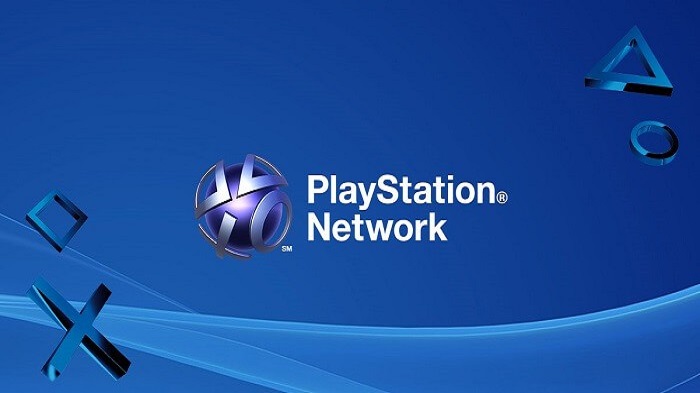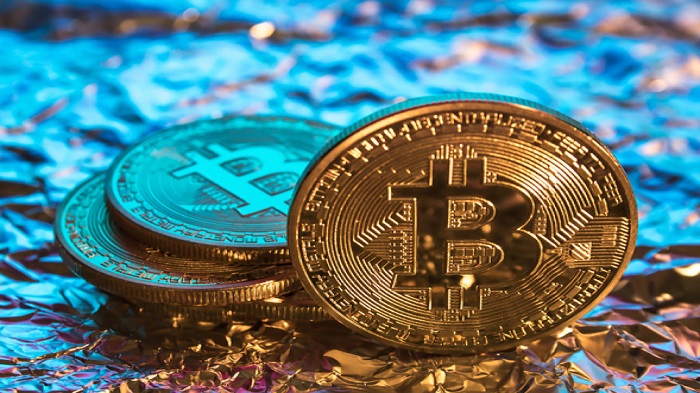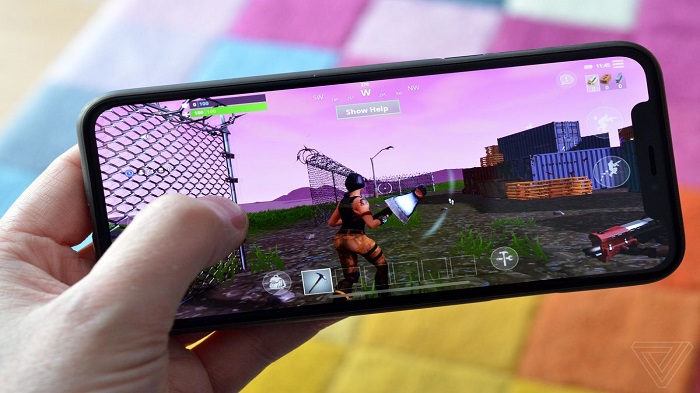The global digital gaming market has witnessed phenomenal growth in recent years, thanks to the proliferation of smartphones and tablets. The global digital gaming market is one of the most rapidly-flourishing sectors of the global media and entertainment industry and expected to grow at a CAGR of 18.98 per cent to reach US$ 272.24 billion by 2022.

The digital gaming market consists of three main segments: mobile, console and PC gaming. The mobile gaming segment occupies a staggering 38 per cent of the total global revenues and is the fastest-growing segment globally.
Here are some of the top trends that are changing the digital gaming industry:
Digital distribution of games
Game content is now delivered in the form of digital information where there is no need to purchase the physical media copy of the same. This is the most prominent trend right now. In digital distribution, the barriers to entry are significantly lowered. Large gaming companies have created their platforms for digital distribution. For example, Sony’s PlayStation Network services (PSN) allows gamers to purchase and download digital content directly. Other examples include websites like Steam, Xbox Live, Origin and so on. Major gaming companies like Rockstar, EA, Take-Two, Activision Blizzard and Ubisoft are already shifting from retail distribution channels to digital distribution channels.

Use of crypto-currency as virtual credits
Developers monetise games by enabling a virtual credit system for the sale of downloadable digital content (for example new avatars, themes, extra levels and so on), also known as ‘in-game purchases.’ In the coming years, we could see crypto-currency being used for making virtual transactions within digital gaming. The integration of blockchain and digital currencies into video games has seen a steady growth as the gaming community continues to gain more active users. Companies such as CryCash, Mego Games are already working towards integrating blockchain technologies into the gaming world.

Adoption of AR and VR in games
Augmented and virtual reality are new but essential gaming trends and are actively being made available to customers at affordable prices. VR is more about having immersive gaming experiences than playing an actual game. So there is room for thought on how successful VR will be to convert hours of dedicated game playing into more of experience-based gaming. About 24 per cent of developers are working on games in this ally, according to 2018 Games Developers’ Conference. On the other hand, AR technology is easily implementable, and its success is visible by the popularity of Pokémon Go and Night Terrors. The evolution of cell-phones from a normal gadget that makes phone calls to a smart gadget is paving the way for adoption of AR and VR technologies.

Rise and adoption of esports
Esports is a competitive video gaming category, where players compete with each other in an online or live environment for a large number of viewers. The most common genres of video games associated with esports are a real-time strategy, fighting, sports, first-person shooter (FPS), and the multiplayer online battle arena (MOBA). Multiple player games like PUBG and Fortnite have hit the ground running amassing an immense fan following ever since their inception. At present, esports is one of the major trends that gaming companies are willing to invest in. The revenue in the esports market witnessed growth by four times between 2013 and 2016, and it is most likely to triple by 2021.

The increase of women and non-millennials in digital gaming
In the gaming world, there has been an enormous increase in the number of female gamers over the years. Impeccable design and sheer fantasy seem to be the main drivers that motivate the feminine clan to keep playing. Since the 2010s, female gamers have been making up about half of all global gamers. In the US, the largest market for digital games, with 64 per cent of its population to be avid gamers, the average age of gamers is 37 years. Within this, adult women represent a greater portion of the video game playing population than boys under the age of 18 years.

Mobile gaming
Mobile games are quickly gaining popularity, as more gamers are turning to their smartphones and tablets for entertainment. With mobile phones becoming more powerful, a console-like gameplay is now possible that will further lead to considerable growth in mobile gaming. Moreover, the entry barriers in the mobile gaming industry are also lower than other platforms; and has, therefore, attracted investments from major companies.

To sum it up, rapid technological innovation, disruptive distribution channels, increasing demand for mobile gaming, and adoption of VR, AR and esports have collectively ensured a promising future for digital gaming market.
( This article has been contributed by Netscribes CEO and founder Sourav Mukherjee. AnimationXpress.com does not necessarily subscribe to these views.)
